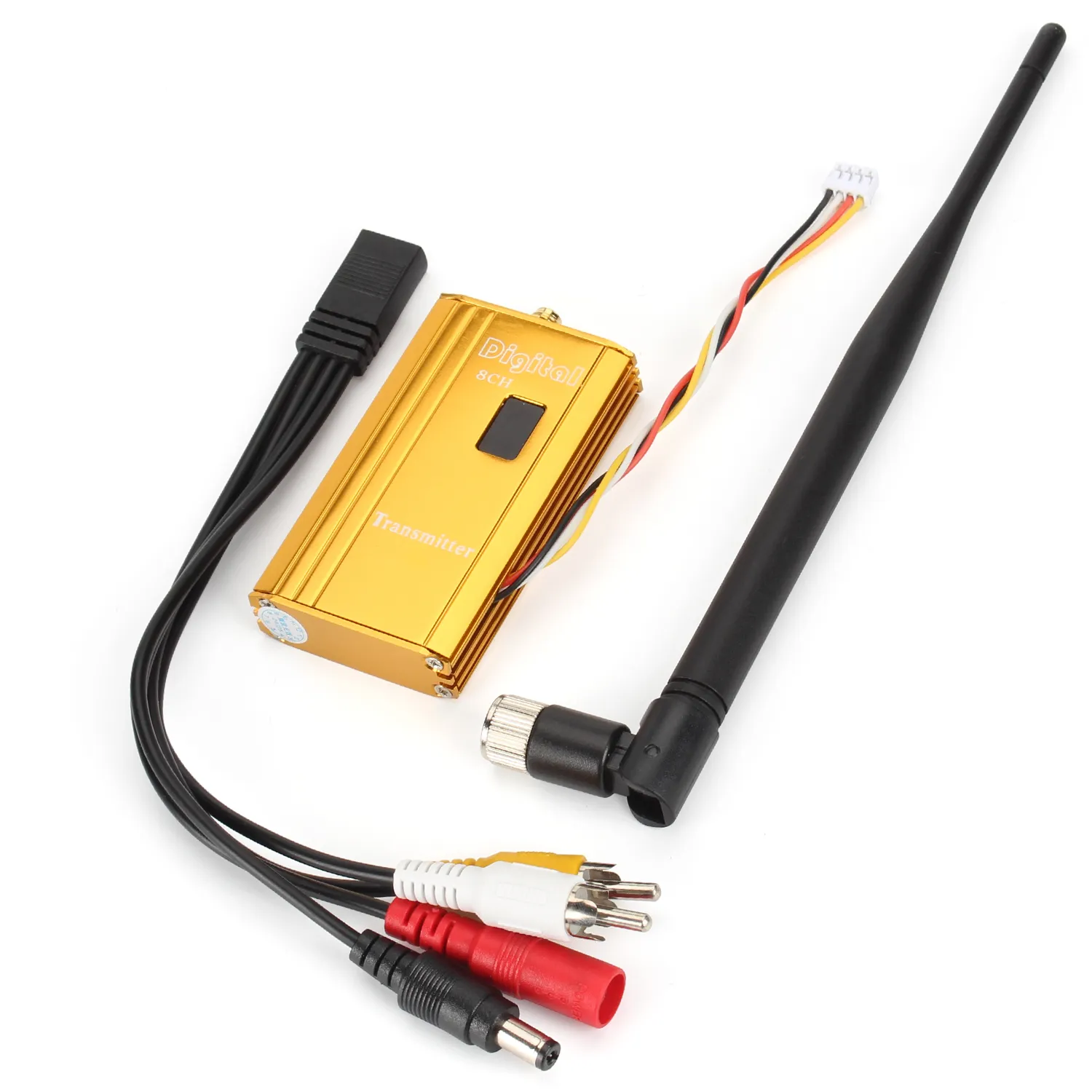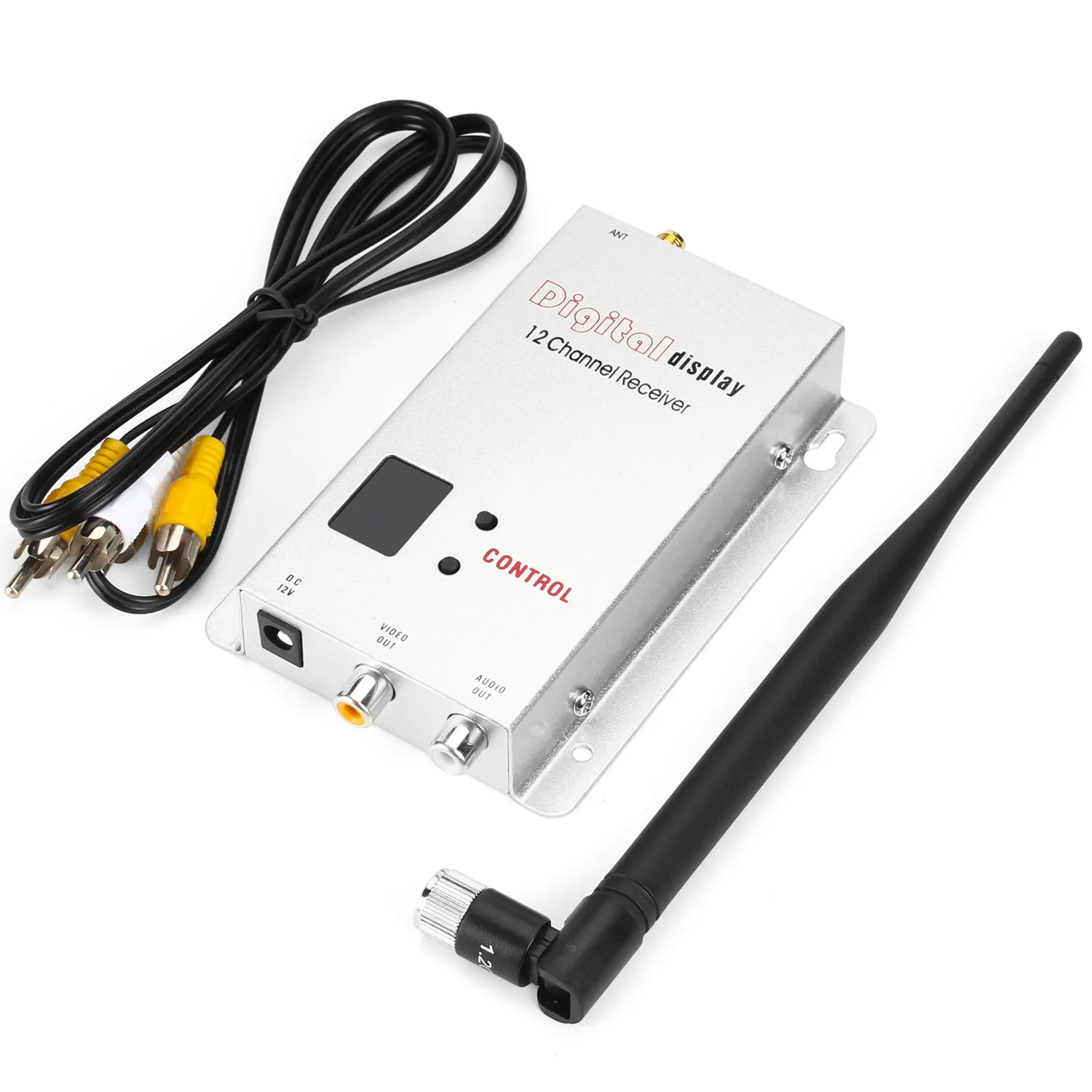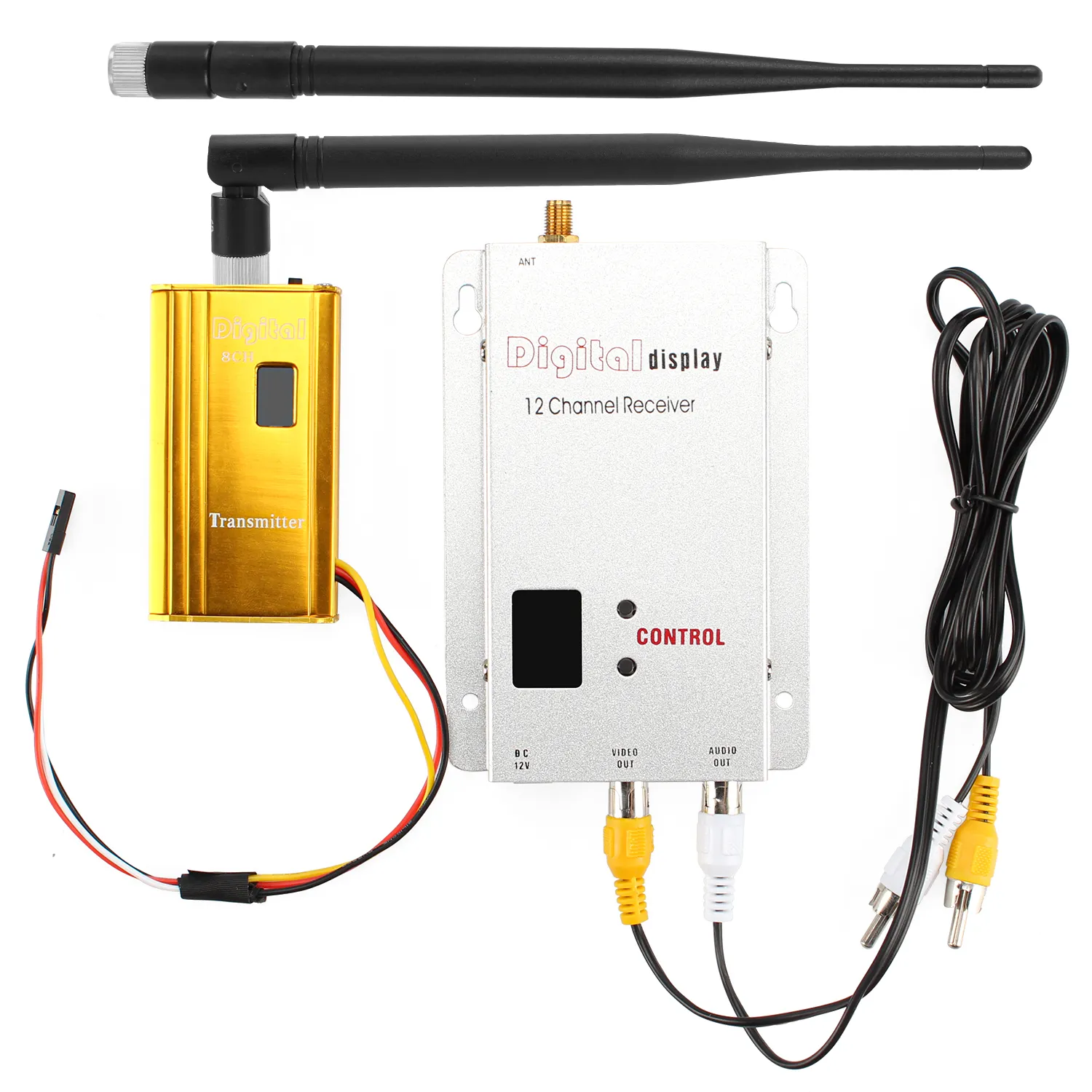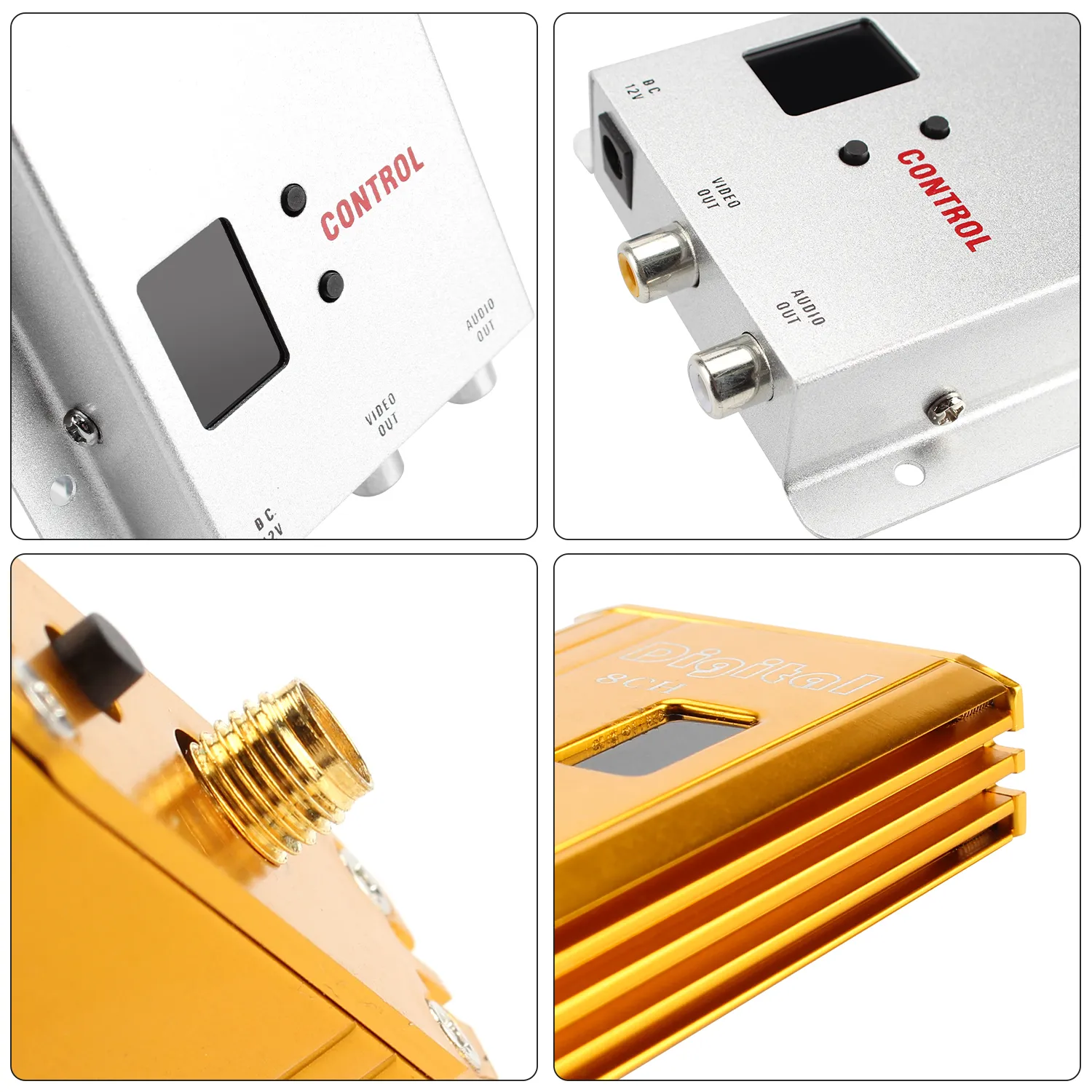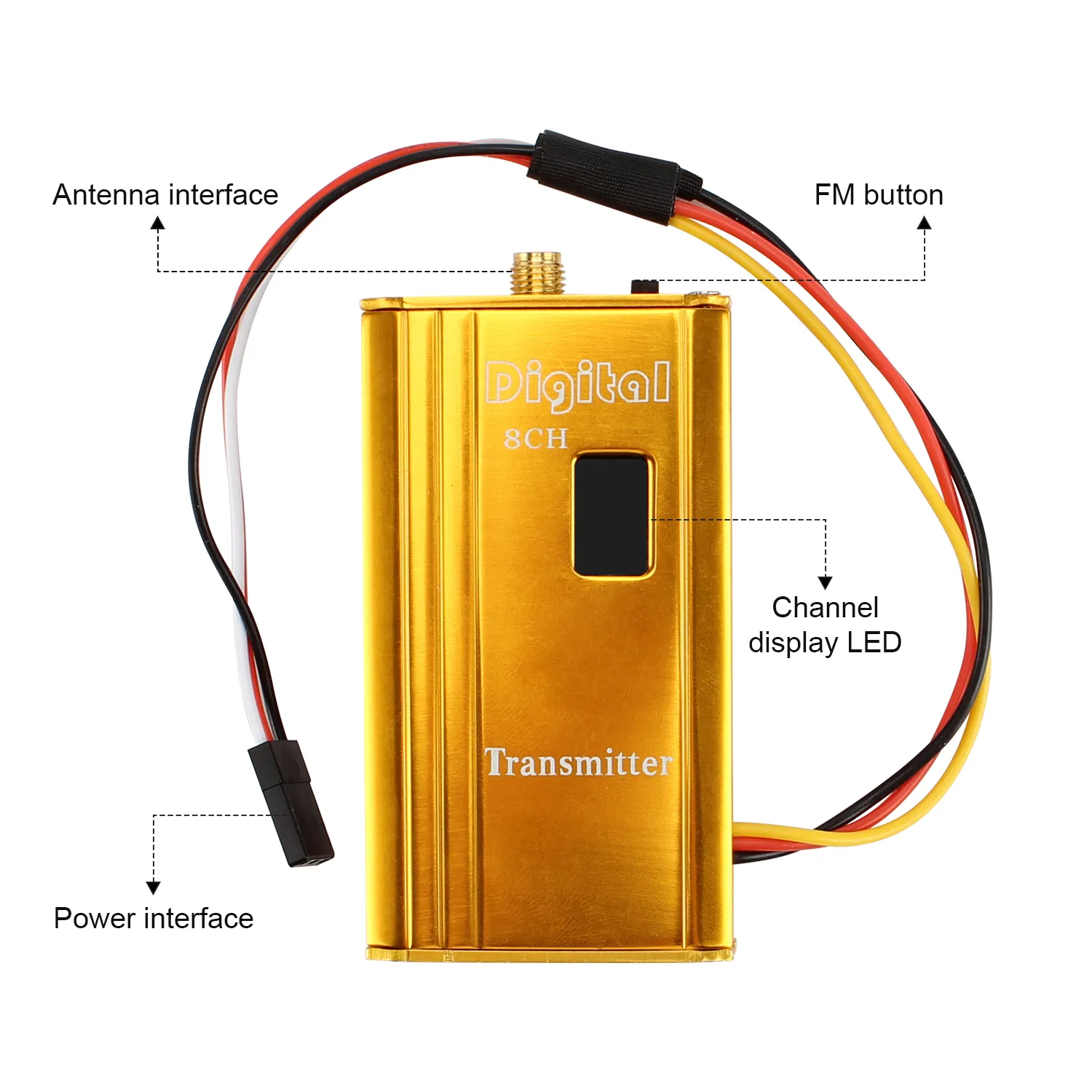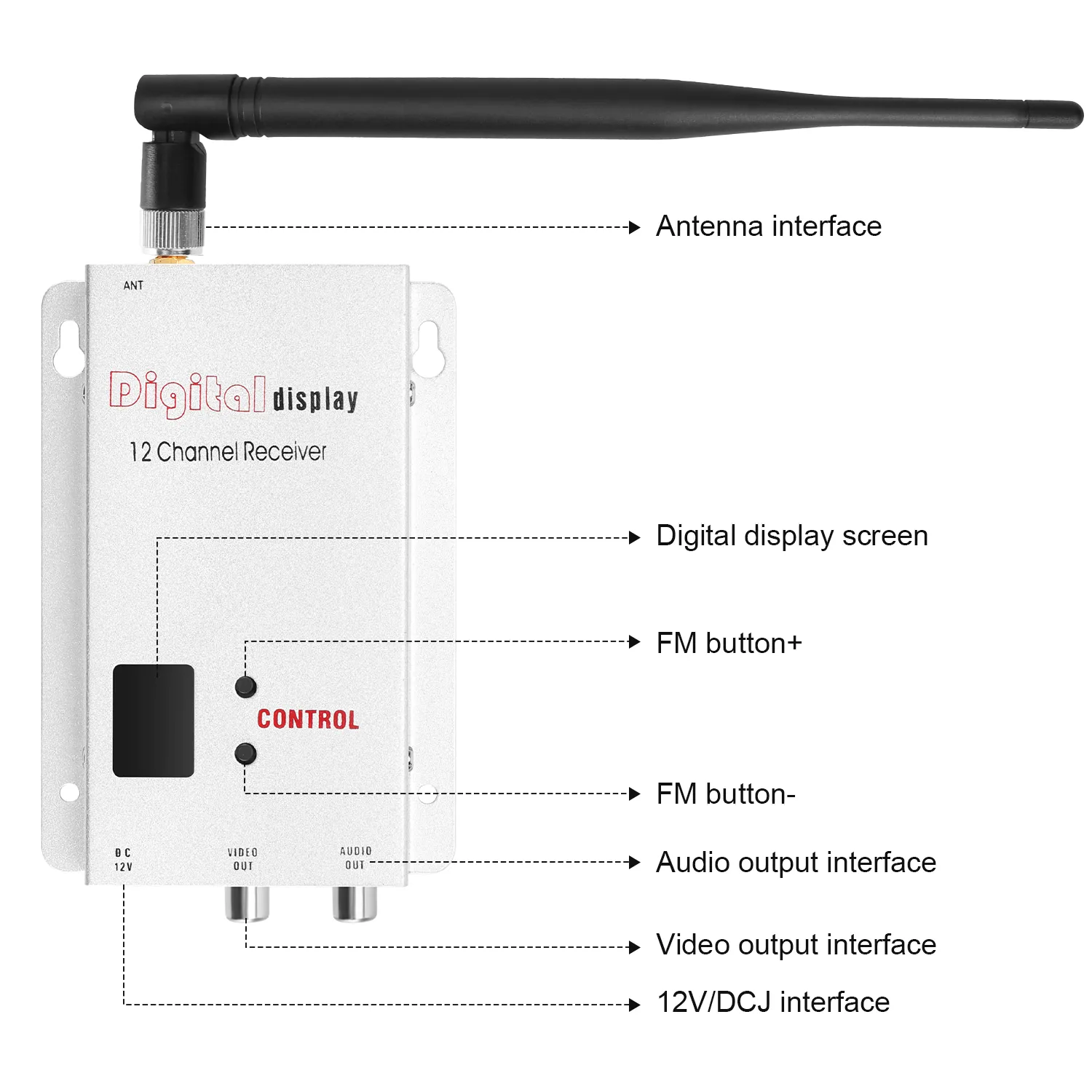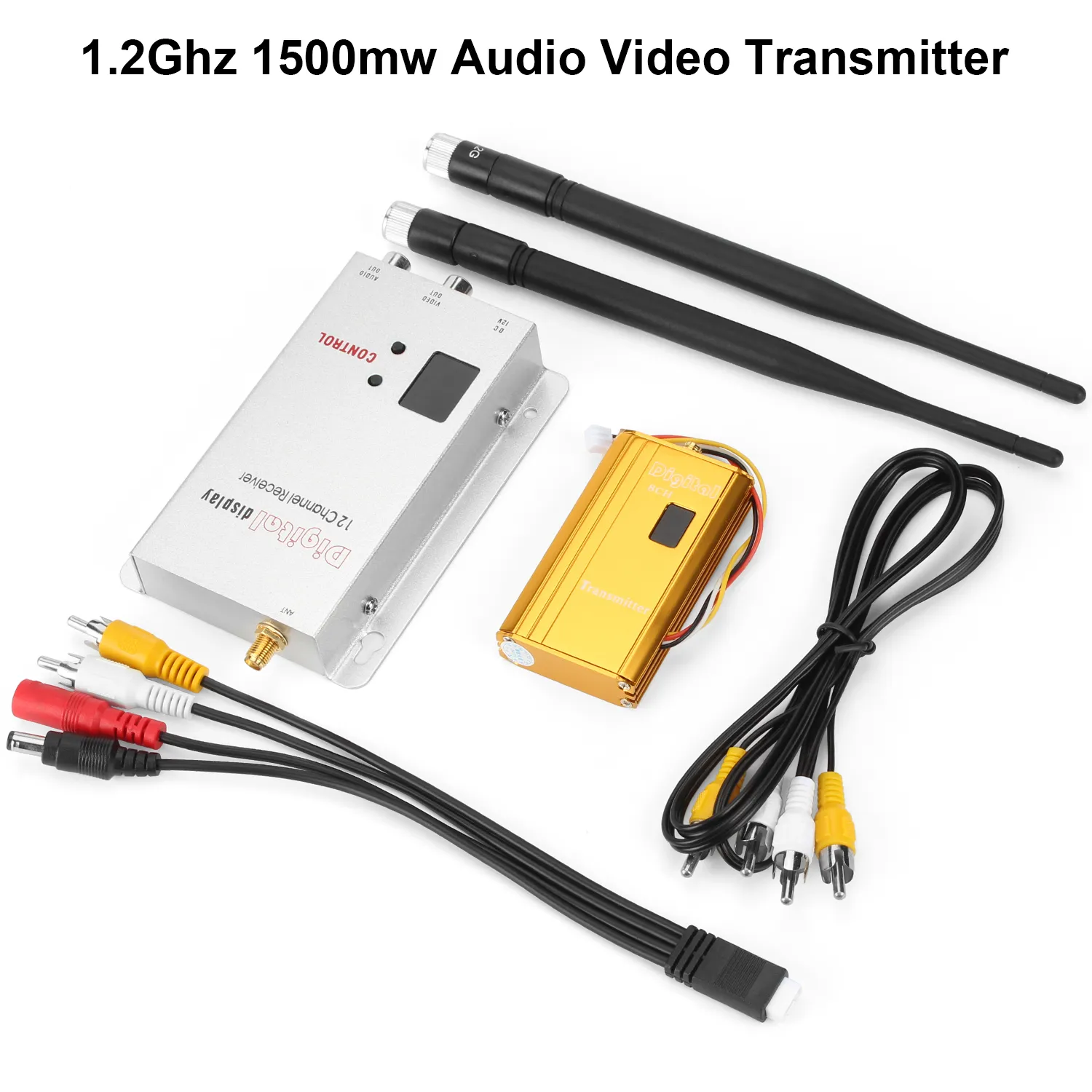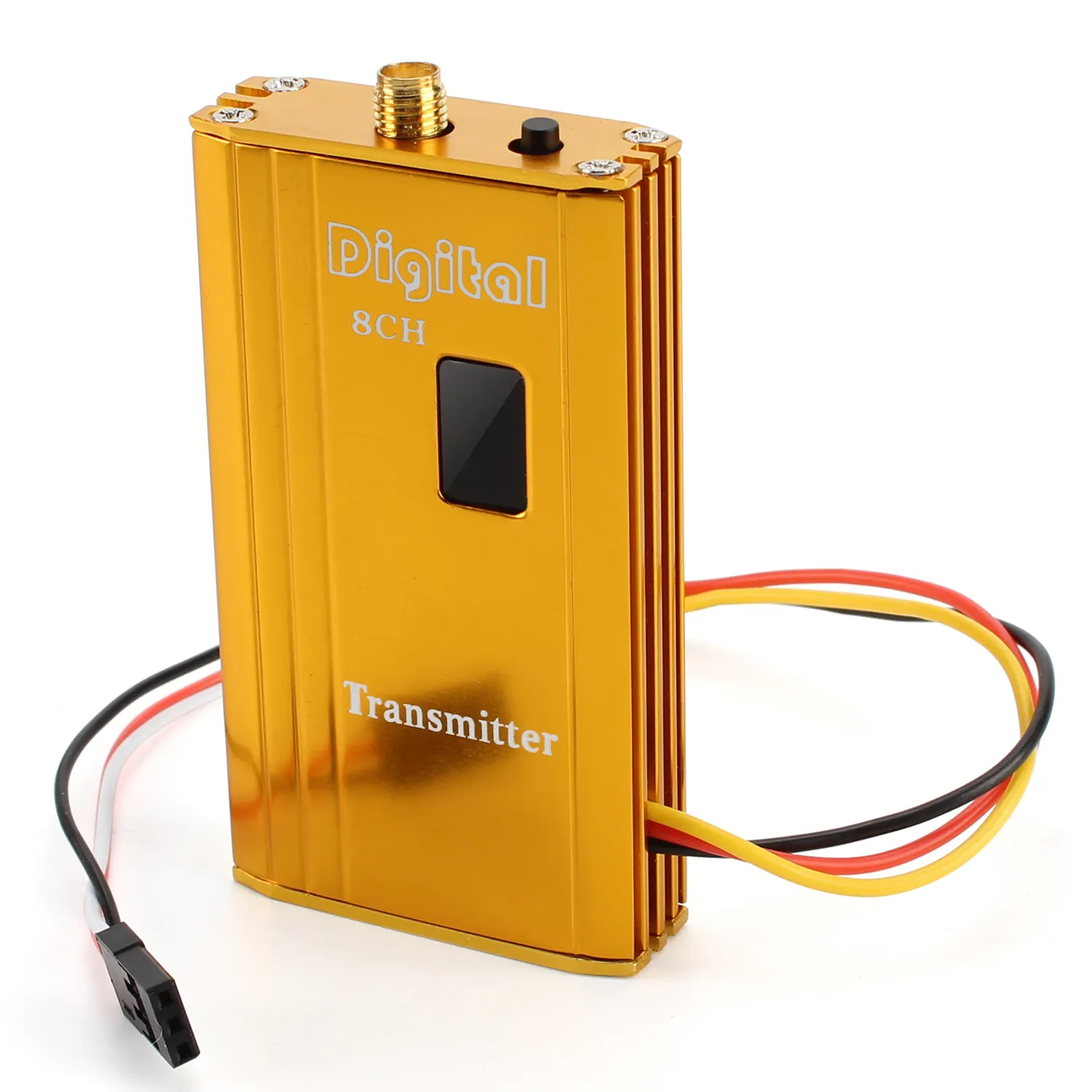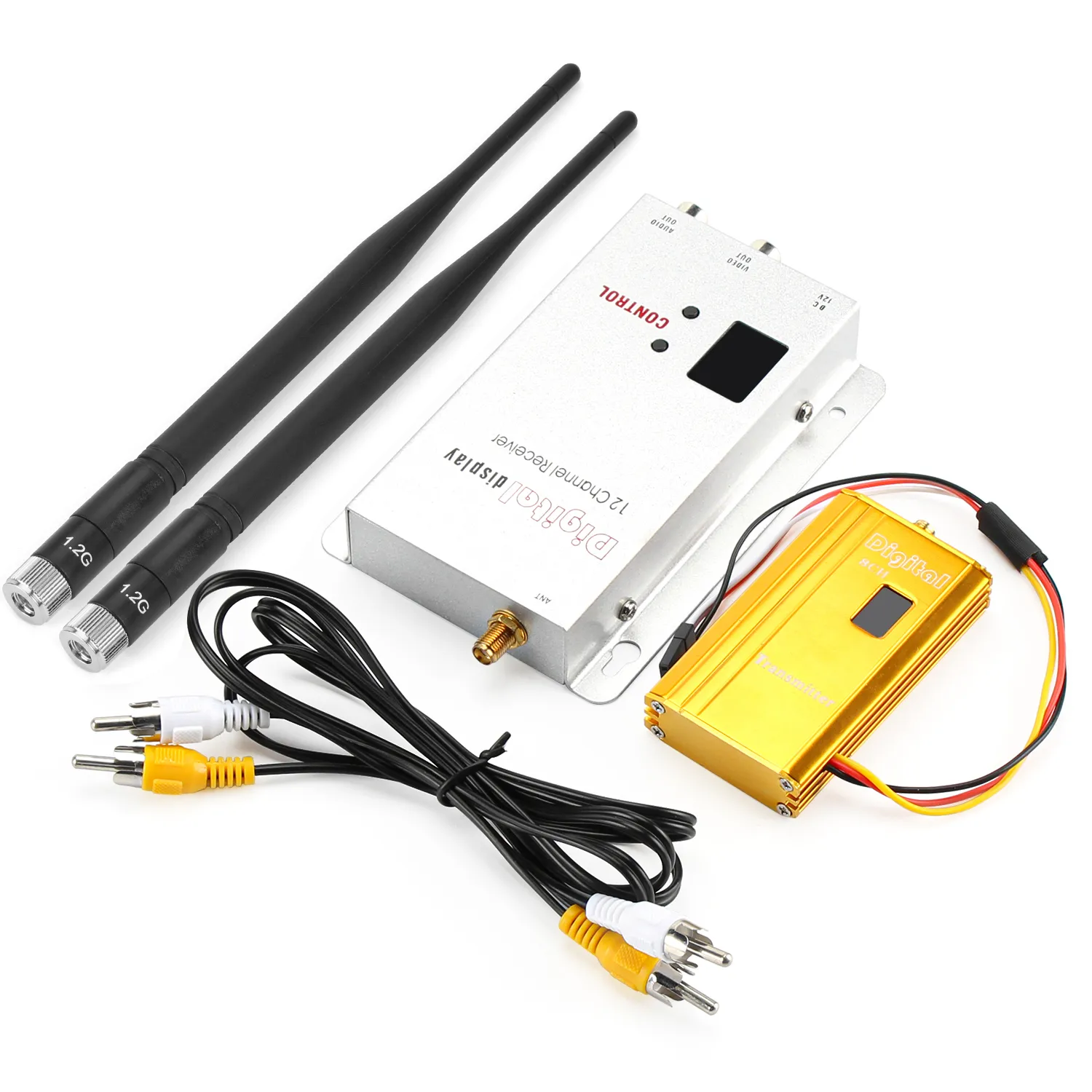 2024-09-20
2024-09-20
FPV Receiver and Transmitter Functionality and Use: Unlocking the First Person View Experience
Introduction: In the thrilling world of FPV (First Person View) drone racing and aerial photography, the receiver-transmitter combination acts as the nerve center, transmitting live video from the drone's point of view directly to your goggles or display. Understanding their role and optimizing their performance is key to seamless and immersive flight. This guide dissects the functions and use of FPV receivers and transmitters, allowing you to get the most out of your setup.
FPV Transmitter (Tx): Broadcasting Adventures
Functionality:
•
Video Signal Encoding: Captures the video signal from the onboard camera and encodes it for wireless transmission.
•
Frequency Selection: Uses multiple channels on specific frequencies (e.g. 5.8 GHz, 2.4 GHz) to avoid interference.
•
Power Output Adjustment: Allows for adjustments to comply with local regulations and optimize range without affecting battery life.
Usage Tips:
•
Select a frequency band free of interference for the best transmission quality.
•
Mount securely, ensuring minimal vibration does not affect video stability.
•
Adjust power output based on flight distance requirements.
FPV Receiver (Rx): Your Window to the Sky
Functionality:
•
Signal Reception: Picks up the encoded video signal sent by the Tx.
•
Decoding: Converts the received signal back into a viewable video feed.
•
Antenna Array: Equipped with omnidirectional or directional antennas to enhance reception strength and reliability.
Usage Considerations:
•
Antenna Placement: Optimize antenna orientation for best signal reception.
•
Receiver Sensitivity: Choose a high-sensitivity receiver to ensure stable video even at the edge of the flight range.
•
Interoperability: Make sure your Rx and Tx are compatible in terms of frequency bands and protocols (e.g., FHSS, spread spectrum).
Synergy and Setup Optimization:
•
Channel Matching: Both Tx and Rx must be set to the same channel for successful pairing.
•
Reduced Latency: Look for low-latency devices and firmware to minimize delays between live action and view.
•
Power Management: Strike a balance between range and battery consumption; more power means greater range, but shorter flight time.
Conclusion: Mastering the functionality and usage of your FPV receiver and transmitter is the backbone of an exhilarating FPV experience. With the right setup, adjustments, and understanding of these important components, you’ll unlock a world where you can experience every turn, dive, and climb firsthand. As you delve deeper into the world of FPV, remember that practice, patience, and continued learning are the keys to perfect flying.
Stay tuned for more tips and insights to advance your FPV
